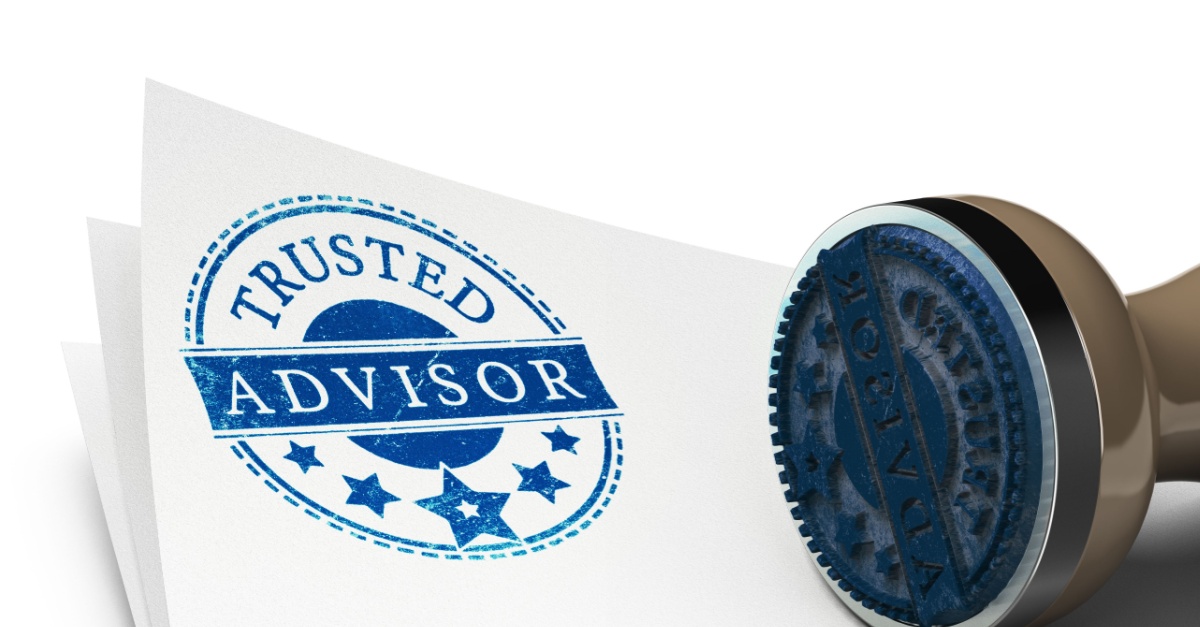
Revolutionize The Customer Experience With Sales And Marketing Alignment
Written By: Jeb Blount
Podcast: Play in new window | Embed
Subscribe: Apple Podcasts | Spotify | Amazon Music | Pandora | iHeartRadio | Email | RSS
Delivering A Next-Level Customer Experience
In this Sales Gravy Podcast, Jeb Blount talks to Clare Dorrian, SugarCRM’s CMO, about putting people first, building human connections, and prioritizing the customer experience in a saturated market.
Clare shares expert insights on outbound prospecting, multi-channel engagement, and building a strong sales culture.
Their conversation covers a range of topics, including the evolution of sales and marketing, the role of relationships in modern selling, and driving pipeline growth through real connection.
- In a highly competitive market, differentiation is key. Sales organizations should prioritize customer service and engagement as a means to drive pipeline growth and set themselves apart from competitors.
- Outbound prospecting is essential for building pipeline and requires a team effort, with every member of the organization contributing to pipeline growth.
- Building a strong sales culture means aligning goals and KPIs across departments, and promoting a team sport mentality that encourages collaboration and communication.
- By identifying customer challenges and demonstrating how a recommended product or solution can help solve them, sales professionals can build trust and create value for their customers.
- Sales professionals must leverage multichannel, multilayer engagement for reaching decision-making committees.
- Salespeople can deliver a next-level buying experience by meeting customers where they are and understanding their communication preferences.
- Companies can differentiate themselves in a highly competitive market by prioritizing people, building strong relationships, and providing value to customers.
- When sales organizations focus on the customer experience, build a strong sales culture, and promote collaboration and communication across departments, they can drive pipeline growth and set themselves up for long-term success.
Sales And Marketing Are Human Endeavors
Maintaining a focus on human relationships is a differentiating factor for sales organizations, especially in a world where technology seems to be pushing us further away from personal connection.
From a marketing standpoint, this emphasis on connection can be leveraged to generate leads and get more opportunities.
Ultimately, success in your sales organization depends on having the right people who not only understand what your product or service is designed to do, but also know its boundaries. In fact, this expertise is exactly what allows smaller sales forces to be nimble, show more appreciation for customers, and differentiate from their Goliath competitors.
This philosophy should be ingrained in your culture from top to bottom, from the way you recruit to the way you collaborate.
This focus on people is an important differentiator in marketing and go-to-market strategies, but when it is a key part of your DNA, competitors take notice.
Make It Easy For The Customer To Do Business With You
In terms of customer experience, It’s not just about believing that the customer is always right, but rather prioritizing the customer above all else. This mentality should extend to sales professionals as well. It’s important to remember that a prospect is not yet a customer, but their emotional experience during their journey with you is a consistent predictor of outcomes more so than any other variable.
Have you ever been on the receiving end of a sales pitch? We all have at some point in our lifetime.
But which pitches do you remember? You probably remember the ones where the salespeople had an emotional connection with you.
Of course, the price had to be right and the product had to fit your requirements. But what made the difference was when the experience was memorable, and these memories accumulate over time.
It should be easy and enjoyable for people to do business with you. Each time a customer interacts with your organization, their experiences add up, which creates customer loyalty and long-term retention.
Sales And Marketing Alignment Means Working Together— Not In Siloes
There has been a complete revolution in the last 20 years. Today, sales and marketing are more connected than ever before.
The pressure on CMOs to generate inbound leads and build the pipeline is immense. However, they are often measured against the success of the sales organization, which they have little control over. CMOs who recognize the amount of money spent on creating opportunities and bringing in leads understand that their ability to deliver on goals is impacted if they are not directly tied to the sales organization and driving their activity.
Similarly, if the sales organization is not giving feedback to the CMOs or not directly tied to them, they will also struggle to achieve their goals.
Some organizations make the marketing team solely responsible for generating leads, but it should be a team sport. Marketing should work toward a demand generation goal, but so should the sales team.
It’s not effective to simply lob marketing materials over the fence to sales— that’s not how partnerships are built. To achieve true partnership, start by aligning our goals and KPIs and then stack your initiatives accordingly.
Getting everyone working together is essential. Sales and Marketing are more likely to see the fruits of their combined efforts when both teams take accountability for revenue.
Don’t Let Distance Get In The Way
In recent years, it has become more challenging since we are all more distributed than ever before. Sales teams are accustomed to being on the road and visiting customer sites, dealing with forecasts and sending communications while on the go. Certain marketing functions, on the other hand, may not require as much travel.
The past couple of years have taught marketing teams that we all share a level playing field, because so many of us are working remotely.
This level playing field provided opportunities for agile organizations to take advantage of the situation.
How Sugar CRM Uses “Shark Week” To Build Their Pipeline
A few years ago, SugarCRM introduced a competition called “Shark Week” to bring together marketing, business development, sales, partners, and others, to focus on driving pipeline together. They formed teams and had prizes throughout the day and at the end of the week, including top team and individual prizes.
This intentional effort to work towards shared goals was transformational in introducing a DNA into their culture for outbound prospecting that they previously lacked. They only saw a material difference in the results when they introduced a fun, competitive team approach to prospecting where everyone had skin in the game. Salespeople like to win, after all.
Are Sales Contests Worth The Investment?
For their mid-market business, it generated two million dollars in revenue and only cost sixty thousand in prize funds. The return on investment was phenomenal for their organization.
Sales contests like Shark Week can be used as a training tool, but it also puts pressure on competitors. When everyone in the company participates, competitors’ phones are ringing with inquiries and they have to work harder to keep their business.
This presents an opportunity to gain a competitive edge, take their business, and grow your own in the process.
2 Sales Strategies That Stand The Test Of Time
Understand Their Business Challenges
At the end of the day, nobody likes feeling pressured. As a salesperson, your responsibility is to find a challenge or pain point that you can help solve. Start by identifying the pain point and demonstrating to the customer how you can help.
Avoid conversations that focus solely on pricing or perks without an understanding of the core business problem. Put your ego aside and focus on how you can help the customer. Avoid a hard sell and instead focus on finding a pain point that you can confidently speak to. Don’t overlook the influencer in the decision-making process and make sure to communicate in a way that is meaningful to all involved parties.
Multi-Channel and Multi-Layered Outreach
When engaging with potential customers, think multi-channel and multi-layered. Decision-making committees are getting larger every day, so winning over the CEO or CFO is not enough. Make sure you are touching everyone involved in the decision-making process and doing it in a way that is meaningful to them. Ask them how they prefer to be communicated with and meet them where they are.
Building Pipeline Is A Team Sport
Sales and marketing alignment can be achieved when there is a dedicated focus on setting shared goals and KPIs, promoting a team sport mentality, and encouraging collaboration and communication across departments.
Likewise, with outbound prospecting, a team effort is essential for building pipeline, and every member of the organization needs to contribute. By identifying customer challenges and demonstrating how a recommended product or solution can help solve them, sales professionals can build trust and create value for their customers.
When sales organizations focus on the customer experience, build a strong sales culture, and promote collaboration and communication across departments, they can drive pipeline growth and set themselves up for long-term success.
Learn more about how to deliver a legendary customer experience, stand out in a saturated market, and align sales and marketing efforts on Sales Gravy University.
About the author
Jeb Blount
Jeb Blount is one of the most sought-after and transformative speakers in the world…
Get FREE Sales Training Delivered to Your Inbox
Join more than 360,000 professionals who get our weekly newsletter.
Related Articles

Learn Online
Self-paced courses from the
world's top sales experts

Virtual Training
Live, interactive instruction in small
groups with master trainers

Coaching
One-to-one personalized coaching
focused on your unique situation






